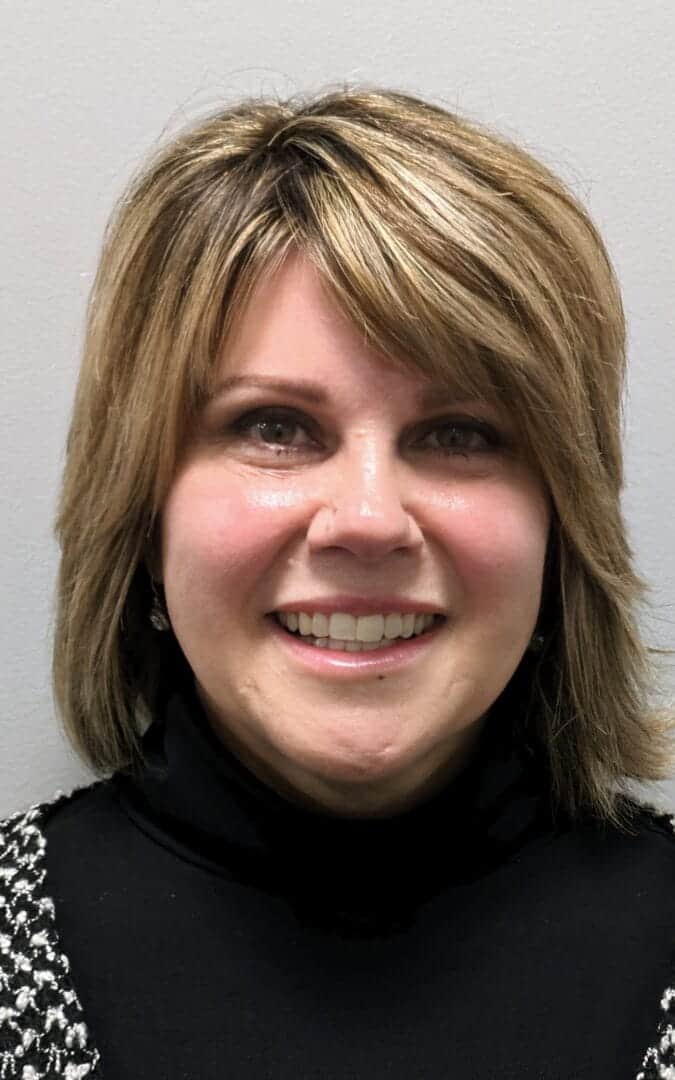Adult children with addiction sometimes act more like teenagers. Some parents report that their child shows immature behaviors when they try to have serious conversations with them. They are shocked when their adult child throws temper tantrums or becomes aggressive when they don’t get their way. Parents often feel overwhelmed, angry, sad, and exhausted when dealing with their addicted adult child.
Currently, millions of children are addicted to drugs or alcohol throughout the country. That means millions of parents are searching for help for their families.
Help is available, and it begins with learning more about your child’s addiction and how it affects their brain. Doing so will explain why they behave the way they do and how to help them overcome their alcohol, stimulant, sedative, or opioid addiction.
Addiction and the Child’s Brain
Addiction is classified as a brain disorder because the substances change brain functioning. Each time someone consumes drugs or alcohol, the substance enters the bloodstream and brain. Drugs and alcohol specifically affect neurons sending and receiving messages through neurotransmitters, including dopamine, serotonin, norepinephrine, and others.1
When a child starts misusing drugs or alcohol, it can influence how they grow emotionally. The human brain doesn’t stop developing until a person reaches their mid-20s. The last part of the brain to complete development is the prefrontal cortex, which is responsible for making good decisions. 2
A person who misuses drugs and alcohol and develops a substance use disorder is impacting their brain’s growth and development, especially in the prefrontal cortex. This makes them more likely to engage in multiple high-risk behaviors.1
Researchers claim that misusing substances as a teen can lead to someone having arrested development. In other words, a person gets stuck at the age at which they began misusing drugs or alcohol.1
When an addicted adult acts more like a child, it is with good reason. Their brain can be years behind emotionally.
There is good news. Reports state that parental influence can have a positive effect on brain development. Parents can take specific actions, like the ones below, to influence their addicted child’s ability and desire to get help.2
Learn More About the Addicted Child
Parents must become experts in their children, their substances of choice, their substance use disorder severity, and drug rehab options. The more they know, the less they can be manipulated by their addicted child and, instead, start making positive changes for their family.
The Addicted Child’s Substance of Choice
A substance of choice refers to an addicted child’s favorite substance, the one they seek before all others. Unfortunately, numerous substances exist, and many simultaneously misuse more than one substance. Polysubstance use disorders are becoming more prevalent, leading to an increase in fatal and nonfatal overdoses, accidents, and injuries.
The latest results from the National Survey on Drug Use and Health reveal the following about substance misuse in Americans over 18:3
- 29 million have an alcohol use disorder.
- 15 million have a marijuana use disorder.
- 1.3 million have a cocaine use disorder.
- 1 million have a heroin use disorder.
- 1.6 million have a methamphetamine use disorder.
- 1.3 million have a prescription stimulant use disorder.
- 2.1 million have a sedative use disorder.
- 4.7 million have a prescription painkiller use disorder.
- 5.4 million have opioid use disorder.
Knowing which substances a child is addicted to will help parents understand which addiction treatments to seek. They will also have a better understanding of the severity of the addiction.
The Severity of a Child’s Addiction
The severity of a child’s addiction can help determine the urgency of seeking addiction treatment. Eleven criteria help professionals diagnose a substance use disorder. A person may meet one or all the criteria. How many someone meets determines if their substance use disorder is mild, moderate, or severe.
For mild, someone must have two or three of the criteria. For moderate, they must have four or five, and severe, equates to six or more. An abbreviated list of the eleven criteria is below:4
- Withdrawal symptoms
- Cravings
- Uses more than intended
- Can’t stop using it despite trying
- Can’t stop using despite broken relationships
- Can’t stop using even though it worsens health
- Unable to fulfill duties at home, work, school, etc.
- Spends most of their time in drug-related activities
- Avoids social activities to use
- Risky drug use behaviors
- Tolerance
Treatments That Work for Addicted Children
The severity of a child’s addiction can determine the best treatment options. For example, someone with a mild substance use disorder may have minimal withdrawal symptoms and can benefit from outpatient services. Someone with a severe substance use disorder may need inpatient detox that uses medication to reduce withdrawal symptoms.
Drug and alcohol rehab works best as a continuum of care that helps someone transition from one level of care to another. The full continuum of care may include the following:5
High Level of Care
- Inpatient alcohol detox and opiate detox in a hospital setting with access to medical care 24/7 and medicine to assist with withdrawals
- Inpatient drug rehab in a hospital setting with access to medical care 24/7, medicine to assist with withdrawals, and individual and group therapies
Medium Level of Care
- Partial-hospitalization program, an outpatient service for at least 20 hours each week, including medication assistance and individual and group therapies
- Intensive Outpatient program for at least 10 hours weekly, including medication assistance and individual and group therapies
Lower Levels of Care
- Individual counseling, meeting with a licensed therapist one-on-one weekly
- 12-Step facilitation groups such as Alcoholics or Narcotics Anonymous
Addicted children who stay in drug rehab the longest have a higher chance of recovery success. It takes many months for the brain to heal from the trauma of alcohol addiction, opioid addiction, or any other substance use disorder properly. It also takes time for a person in recovery to relearn how to do the basics. They have been high when eating, driving, walking, working, and completing other tasks. Now they must relearn how to do them sober.
Changes a Parent Must Make to Help Their Addicted Child
One of the most effective ways to inspire a child to make positive changes is for the parent to change. Below are the changes addiction specialists often recommend to parents that they can start implementing immediately:
Stop Enabling the Addicted Child
Enabling can feel the same as helping, but they are vastly different. Enabling is any behavior that allows an addicted child to continue their substance misuse. 6 Examples of enabling include making excuses for their addicted child, giving them cash knowing it will go toward purchasing substances, giving them rides to buy substances, or providing them with substances.
Practice Self-Care
Self-care involves activities that improve your mental and physical health. Parents can best help an addicted child when they are at their healthiest. There is clinical evidence of the benefits of self-care. 7 Examples of self-care activities include counseling, massage, nutrition therapy, exercise, acupuncture, and maintaining medication regimens and treatment protocols prescribed by your doctor or addiction treatment team.
Set Healthy Boundaries
Boundaries are like an invisible line drawn in the sand representing what is acceptable. Anything unacceptable cannot cross the line without consequences. Physical and emotional boundaries protect parents and addicted children. Boundaries can help parents gain the confidence they need to be assertive when dealing with an addicted child.8
Examples of healthy boundaries include:
- Not allowing an addicted child to stay in the home if they are high
- Rather than giving an addicted child cash, giving them what they claim they need (gas, food, etc.)
- Not allowing drug users or dealers into the home
Get Help
Parents can benefit significantly from working with a mental health or substance abuse professional. They can learn better communication skills, how to be consistent, and tips for intervention. Also, it’s important to get help for other family members affected by an addicted child.
If you are a parent dealing with an addicted child, call us at 866-461-3339. Virtue Recovery Center‘s recovery coordinator can answer your questions, assess your addicted child’s substance misuse, and help you take the first step toward rebuilding your family.
Looking for more information about living with an addict? Check out our articles on how to deal with an addicted parent or our article on how to deal with an addicted spouse.
Resources:
- Hamidullah, S., Thorpe, H. H. A., Frie, J. A., Mccurdy, R. D., & Khokhar, J. Y. (2020). Adolescent Substance Use and the Brain: Behavioral, Cognitive and Neuroimaging Correlates. Frontiers in Human Neuroscience, 14, 298.
- American College of Pediatricians. 2022. The Teenage Brain: Under Construction.
- Substance Abuse and Mental Health Services Administration. 2022. Key substance use and mental health indicators in the United States: Results from the 2021 National Survey on Drug Use and Health. (HHS Publication No. PEP22-07-01-005, NSDUH Series H-57). Center for Behavioral Health Statistics and Quality, Substance Abuse and Mental Health Services Administration.
- McNeely J, Adam A. 2020. Substance Use Screening and Risk Assessment in Adults. Baltimore (MD): Johns Hopkins University. Table 3, DSM-5 Diagnostic Criteria for Diagnosing and Classifying Substance Use Disorders.
- Proctor, S. L., & Herschman, P. L. 2014. The Continuing Care Model of Substance Use Treatment: What Works, and When is “Enough,” “Enough?”. Psychiatry journal, 2014, 692423.
- Wu, Jade, Ph.D. 2020. How to Recognize and Correct Enabling Behavior. Psychology Today, June 2020.
- National Council for Mental Health. 2022. How and Why to Practice Self-Care.
- The University of Kentucky. 2022. How to Create Healthy Boundaries.



























